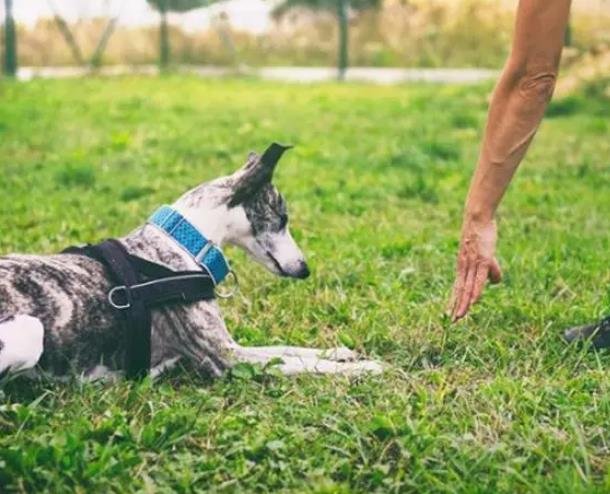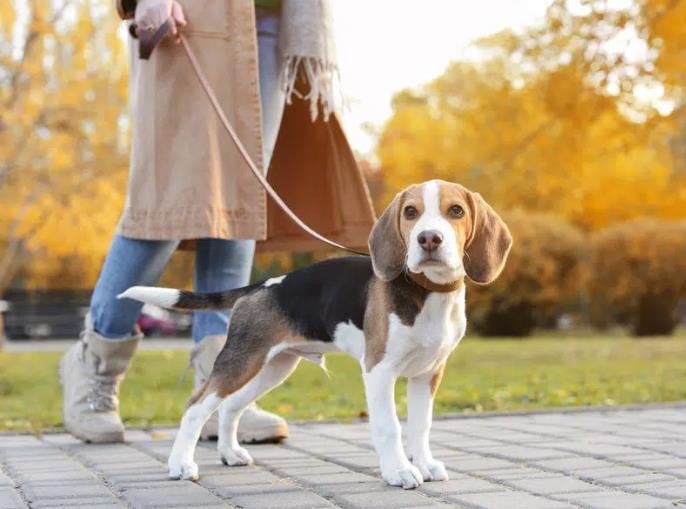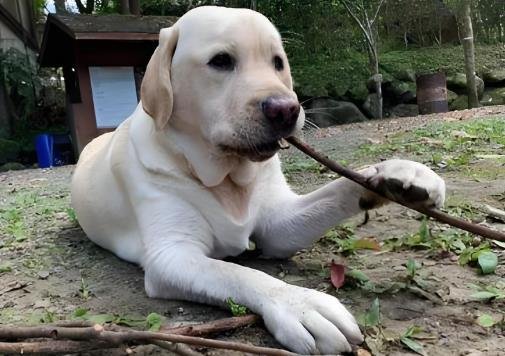Teaching your dog to respond to hand signals is an effective way to communicate with them, especially in situations where verbal commands might be difficult to use, such as during noisy environments or when working on obedience exercises. Here’s a step-by-step method for teaching your dog to recognize and respond to hand signals:
- Choose Your Signals: Decide on the hand signals you want to use for different commands. Common signals include raising your hand for “sit,” pointing to the ground for “down,” and holding your palm flat for “stay.”
- Start with Basic Commands: Begin with commands your dog already knows, such as “sit” or “lie down.” This will make it easier for your dog to understand the association between the hand signal and the command.

- Pair the Signal with Verbal Commands: Initially, use the hand signal in conjunction with the verbal command your dog is familiar with. For instance, say “sit” while simultaneously raising your hand. This helps your dog make the connection between the visual cue and the spoken word.
- Reward Positive Responses: As soon as your dog performs the action associated with the hand signal, even if it’s prompted by the verbal command, reward them with treats or praise. This positive reinforcement will encourage them to respond to the hand signal alone.
- Gradually Phase Out Verbal Commands: Once your dog is consistently responding to the hand signal when paired with the verbal command, start to use the hand signal without saying the word. If your dog responds correctly, reward them generously.
- Practice in Varied Conditions: Practice the hand signals in different environments, such as indoors, outdoors, and in distracting situations. This helps your dog generalize the behavior and respond consistently in various settings.
- Use Consistent Hand Positions: Ensure that your hand signals are consistent in both motion and position. This reduces confusion for your dog and helps them quickly learn what each signal means.
- Be Patient and Persistent: Some dogs may pick up hand signals faster than others. Be patient and consistent with your training sessions, and do not get frustrated if your dog doesn’t understand the signal right away.
- Incorporate Hand Signals into Daily Routine: Use hand signals during daily activities, such as meal times, walks, and play sessions. This reinforces the behavior and makes it a natural part of your dog’s routine.
- Seek Professional Guidance if Needed: If you encounter difficulties or your dog seems confused, consider seeking advice from a professional dog trainer. They can provide personalized tips and techniques that may be more suited to your dog’s learning style.
Remember that each dog learns at its own pace, so it’s important to adapt your training approach to suit your dog’s individual needs. With patience and consistency, most dogs can learn to respond to hand signals, enhancing your communication and bond.









